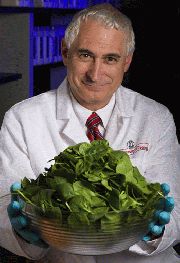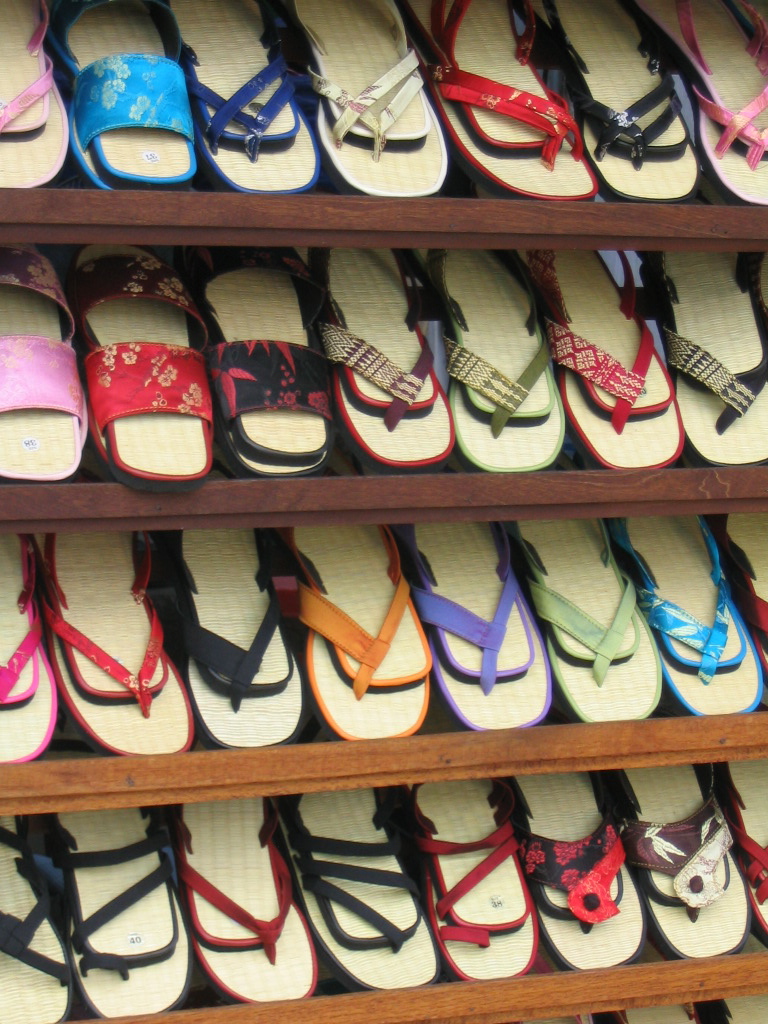Bacteria are good at making babies.
 So next time you see an advert claiming the product removes 99.9 per cent of bacteria, talk to a microbiologist who will say that’s a 3-log reduction, we look for 5-7 log reductions.
So next time you see an advert claiming the product removes 99.9 per cent of bacteria, talk to a microbiologist who will say that’s a 3-log reduction, we look for 5-7 log reductions.
Maggie Fox of NBC News reports the U.S. Food and Drug Administration says antibacterial soaps do little or nothing to make soap work any better and said the industry has failed to prove they’re safe. Companies will have a year to take the ingredients out of the products, the FDA said. They include triclosan and triclocarban. Soap manufacturers will have an extra year to negotiate over other, less commonly used ingredients such as benzalkonium chloride.
“Companies will no longer be able to market antibacterial washes with these ingredients because manufacturers did not demonstrate that the ingredients are both safe for long-term daily use and more effective than plain soap and water in preventing illness and the spread of certain infections,” the FDA said in a statement. “Some manufacturers have already started removing these ingredients from their products.” Triclosan used in 93 percent of liquid products labeled “antibacterial” or “antimicrobial” – at least 2,000 different products, according to the FDA. “Consumers may think antibacterial washes are more effective at preventing the spread of germs, but we have no scientific evidence that they are any better than plain soap and water”.
In 2013 FDA gave soap makers a year to show that adding antibacterial chemicals did anything at all to help them kill germs. It made the rule final Friday.



.jpg) money, but the resources and time spent lobbying the politicians and bureaucrats seem to have a low return on investment.
money, but the resources and time spent lobbying the politicians and bureaucrats seem to have a low return on investment..jpg) We’ve been saying for a couple of years that water temperature is not a critical factor
We’ve been saying for a couple of years that water temperature is not a critical factor(1).jpg)
.jpg) On Monday, the
On Monday, the  Michael Doyle (left), professor and director of the Center for Food Safety at the University of Georgia in Griffin, Ga. (Doyle developed an antimicrobial technology that was licensed earlier this year by the makers of Fit produce wash.) said,
Michael Doyle (left), professor and director of the Center for Food Safety at the University of Georgia in Griffin, Ga. (Doyle developed an antimicrobial technology that was licensed earlier this year by the makers of Fit produce wash.) said,.jpg)
 I’ve spent the summer on the east coast alongside my classmate Stephan, while we do internships for school. Though we have similar interests in veterinary medicine, we have very different philosophies about food s
I’ve spent the summer on the east coast alongside my classmate Stephan, while we do internships for school. Though we have similar interests in veterinary medicine, we have very different philosophies about food s afety. I am a bit
afety. I am a bit 
 The bottom line is that regular soap works great in moderation, and it should always be used before consuming food or sticking your fingers in your mouth. What kind of soap is best? I tend to lean towards the
The bottom line is that regular soap works great in moderation, and it should always be used before consuming food or sticking your fingers in your mouth. What kind of soap is best? I tend to lean towards the  Duh.
Duh. • Good Way Cafeteria (10932 NW 7 Ave) – Critical. Observed rodent activity as evidenced by rodent droppings found. 30 plus fresh droppings under table in kitchen.
• Good Way Cafeteria (10932 NW 7 Ave) – Critical. Observed rodent activity as evidenced by rodent droppings found. 30 plus fresh droppings under table in kitchen..jpg) “Attention was essentially directed towards touristic sites like the Côte, the Ardennes, and various country towns. They bought ice cream cones and soft-serve. While making the purchases, they took the opportunity to evaluate the hygiene at the point of sale as well as of the personnel, the place where the counter or the soft-serve dispenser was located, the conditions for rinsing the ice cream scoop, etc. Immediately after the purchase, and in appropriate sterile and temperature conditions, the ice cream was taken to the laboratory to undergo detailed bacteriological testing. …
“Attention was essentially directed towards touristic sites like the Côte, the Ardennes, and various country towns. They bought ice cream cones and soft-serve. While making the purchases, they took the opportunity to evaluate the hygiene at the point of sale as well as of the personnel, the place where the counter or the soft-serve dispenser was located, the conditions for rinsing the ice cream scoop, etc. Immediately after the purchase, and in appropriate sterile and temperature conditions, the ice cream was taken to the laboratory to undergo detailed bacteriological testing. …